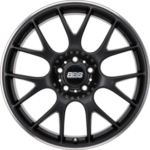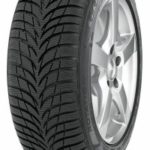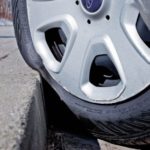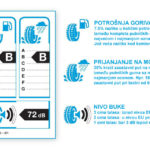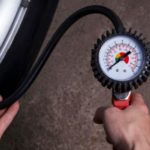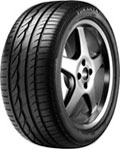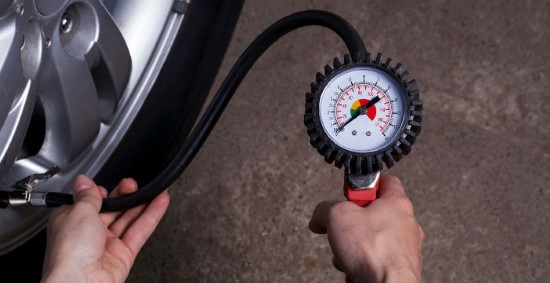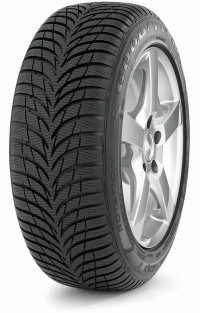Wheels - Everything I wanted to know about wheels - Part 2
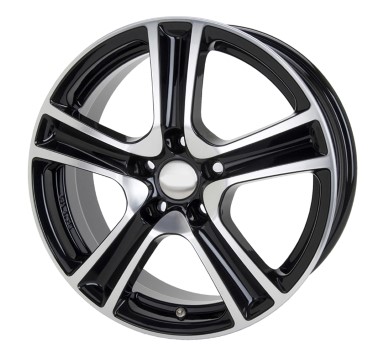
Wheels
In the first part of this text we have covered the basics, and now we move on. We will try to address the most common driver concerns regarding the appropriate tire and rim combinations.
Do tires and wheels need to be the same width?
They do not have to. Edge they have flexible hips, so one the rim can accommodate tires of different widths and vice versa - a certain tire can be mounted on wheels of different widths. Of course, it is understood that their diameter is the same, ie. the inner diameter of the tire and the outer diameter of the rim.
There are limits here too, but some enthusiasts often exceed them, for want of an attractive appearance, for the sake of savings (so they don't have to buy new tires or wheels), and sometimes there is a simple ignorance of the matter.
The negative effects can even be very dangerous, especially if there is a serious drop in the air pressure in the tire. For example, if you put the tire on too narrow a rim, you will get a very comfortable ride, but in curves or in sharp maneuvers the car will behave unruly and unpredictably.
On the other hand, the use of wider rims spreads the sidewalls of the tire, which artificially results in a low-profile tire, if we can put it that way. Driving characteristics will be better - tight hips increase the speed of reaction and precision of tire guidance, so the driver has a better feeling on the steering wheel and improved handling of the situation.
Some riders do this when they get new wide and attractive rims, so they realize that the right tire will clog the edges of the wing. If they lowered the car before, this problem is even more pronounced. By "pulling" the narrower tires onto the wider rim, the tire flanks are tilted inwards, leaving more space to the edge of the wing. We are not sure how much this phenomenon is present in us, but abroad it is very common with tuning-styling enthusiasts.
However, driving with such a combination of tire and wheel will be more uncomfortable, and there is a greater possibility of damage to the tire and wheel when crossing a pothole or climbing a curb. In the picture below you can see one extreme example.

Rim
How do I know which rims can fit my tires?
The compatibility of the various wheels and tires is easiest to check at to this calculator (click on the link).
Short instructions for using the calculator:
- Click on the link
- The text page will open - scroll down a little as the calculator is below the text on the left and looks exactly like this:
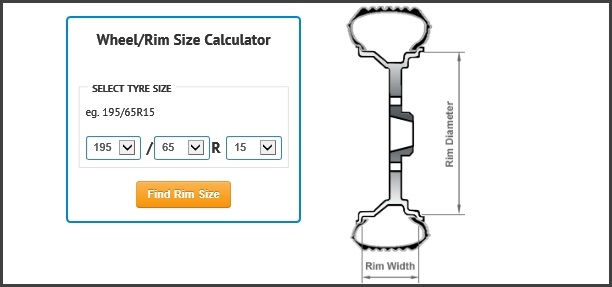
-
- Choose the tire dimensions you have or plan to buy
-
- Click the orange button that says "Find Rim Size"
- A table will appear below the calculator as in the following figure:
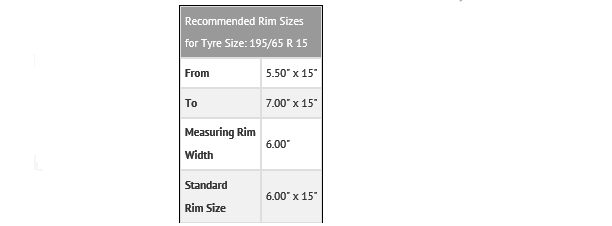
Explanation (translation) of the table:
| Dimensions of tire rims 195/65 R15 are recommended | |
| Od | 5.5 × 15 |
| Do | 7.0 × 15 |
| Measuring rim width | 6.0 |
| Standard rim size | 6.0 × 15 |
So, our 195/65 R15 tire can be safely mounted on rims from 5.5 × 15 to 7.0 × 15, which means that the width of the rim can be from 5.5 to 7 inches (inches). However, the ideal width for it is 6 inches.
How do I know what tires I can for my wheels?
You can use this one Kalkulator. It works on a similar principle as the one above, except that you will get more data as a result. We will write that we have wheels measuring 6,5 × 16. We get the following result:
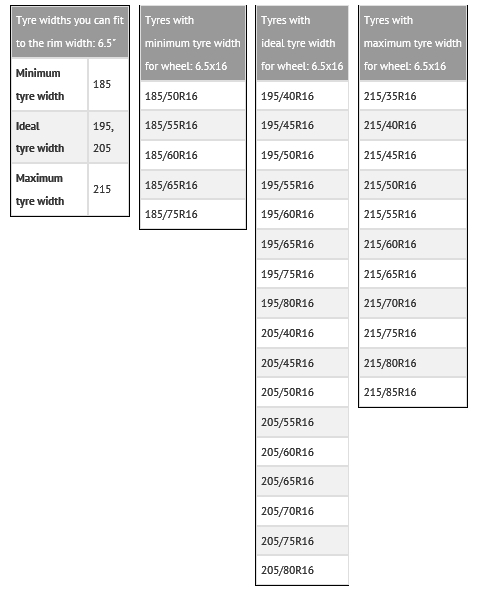
Explanation of the tables above:
-
- table: tells us the width of the tires that can be mounted on a 6,5 inch wide wheel. Minimum 185 mm, ideally 195 mm or 205 mm and maximum 215 mm. However, that does not tell us anything about height, ie. tire profile. So we have the following three tables.
-
- table: gives us examples of tire dimensions of minimum width (ie 185 mm) that can be mounted on the rim
-
- table: gives us examples of tire dimensions of ideal width (ie 195 mm or 205 mm) that can be mounted on a rim
- table: gives us examples of tire dimensions of maximum width (ie 215 mm) that can be mounted on the rim
Let's answer a few logical questions:
-
-
- Is this the final list of tire dimensions that fit 6,5 × 15 wheels?
Ne - You can also mount tires of other dimensions, but this is not officially recommended.
- Is this the final list of tire dimensions that fit 6,5 × 15 wheels?
-
- Can I select any dimension from these tables?
Ne - although the width of the rim and the tires are compatible, the problem is the height, ie. tire profile.
- Can I select any dimension from these tables?
- Does this mean that I can keep the same rims and mount 185 mm tires in winter and 215 mm tires in winter?
Da - but make sure you keep a similar tire diameter (maximum difference 3%)
-
Another very useful calculator
www.rimsntires.com/specspro.jsp
Click on the link above and you'll get a great "tool" into which you can enter tire and rim dimensions at the same time, including offset, and then get plenty of data with visuals, which will be of great help to many.
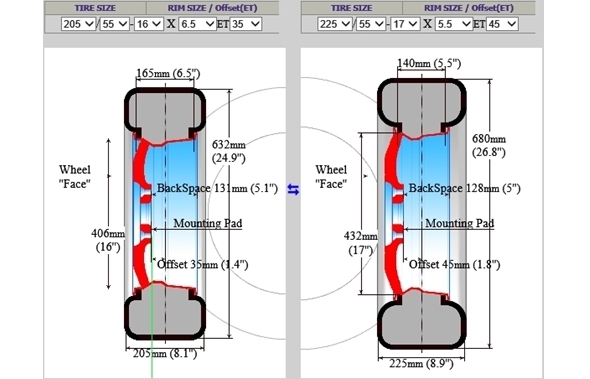
As you can see in the picture above, on the left you enter the data of one wheel / tire combination (ie the factory or dimensions you currently have) and on the right you enter the data of another combination.
Each time you change the data, new data is automatically displayed on the visual preview and the images themselves are changed, so you can immediately compare e.g. the wheels you currently have and the ones you would like to mount.
Below you also get information about the difference in distance between the brake and suspension elements, the wing edges, the interior of the fender and the speed display on the speedometer, assuming that the first wheel is in the factory dimensions.
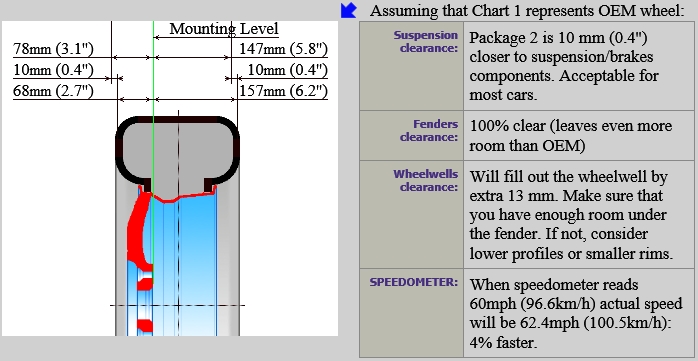
You also get a spreadsheet with more detailed and transparent comparative data:
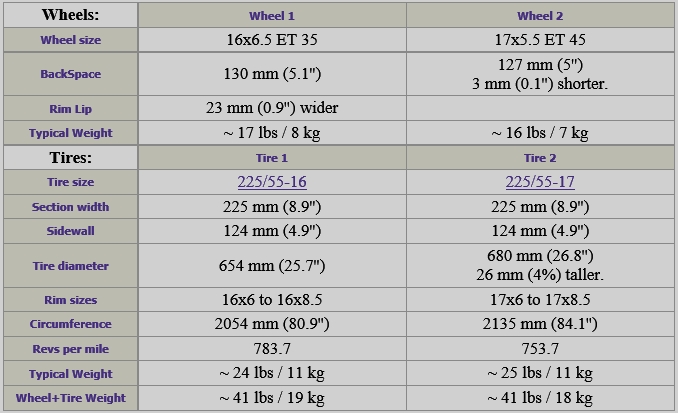
Of course, knowledge of English and specific professional expressions in English will greatly facilitate the use of this calculator. If you are weak with English, Google Translate may be (somewhat) helpful.
First ride with new wheels
After the first 200 km of travel, adjustments should be made, which is especially recommended for alloy wheels. Namely, fast driving with sharp turns leads to firing, so it is not a bad thing to check the tightness of the screws occasionally afterwards.
Of course, it is not wise to tighten too much to prevent damage or difficult removal of the wheels.
Beware of the vulcanizer!
This warning applies to vulcanizers that tighten the screws with a powerful pneumatic gun, so strong that damage can occur threads and touch surfaces of the screw head and rim.
It is not uncommon for you to end up struggling later when you want to take off a wheel and realize that the only solution is to find a long pipe, insert a wheel wrench into it and then snap it all.
Author: Dragan Romcevic
Retrieved from: www.polovniautomobili.com
Recommendation of similar texts:

Hi there, I am Mladen and I am an auto enthusiast. I started this blog years ago to help like minded people share information about latest cars, car servicing ideas, used car info, exotic cars, and auto technology. You will find helpful articles and videos on a wide variety of cars - Audi, Mercedes, Toyota, Porsche, Volvo, BMW and much more. Ping us if you have anything cool to share on latest cars or on how to make older cars more efficient, or just want to say hi!

